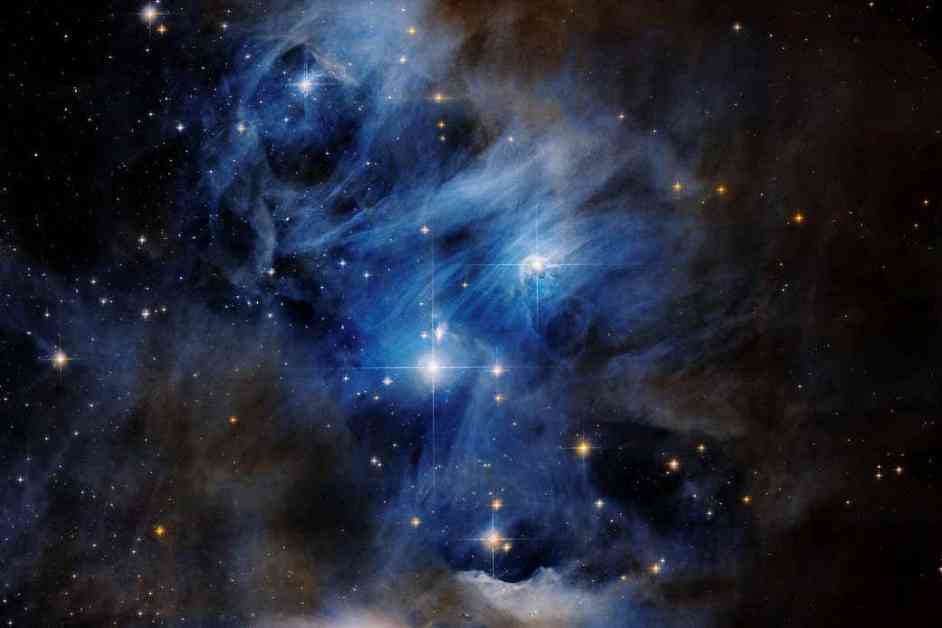A unique type of ice that has only been observed in laboratories has now been discovered in space by the James Webb Space Telescope. This finding could provide valuable insights into the chemistry that played a role in the development of life on Earth.
The ice was found in the Chamaeleon I Cloud, which is a region where stars are formed. This discovery marks the first time that this fluffy ice, which could contribute to the creation of molecular building blocks for life, has been identified in space. Interestingly, scientists had previously only observed this type of ice in the lab nearly 30 years ago.
Typically, ice has a solid crystal lattice structure, with its H2O molecules tightly bound together through their hydrogen and oxygen atoms. However, when ice is not fully compacted, as is the case with powdery snow, some of these molecules can exhibit different properties.
This groundbreaking discovery opens up new possibilities for understanding the chemical processes that occur in space and how they may have influenced the development of life on our planet. By studying this unique type of ice in its natural environment, scientists hope to uncover valuable information about the origins of life and the conditions that are conducive to its formation.
The Chamaeleon I Cloud, where the ice formations were found, is a fascinating area of space that is teeming with activity as new stars are being born. The presence of this fluffy ice in such a dynamic and energetic environment raises intriguing questions about the role that these ice formations may play in the cosmic processes that shape our universe.
As researchers continue to study these strange ice formations and unravel their mysteries, we can look forward to gaining a deeper understanding of the complex chemistry that underpins the formation of life-sustaining molecules. This discovery serves as a testament to the power of scientific exploration and the endless possibilities that exist beyond our world.
In conclusion, the discovery of unique ice formations in space represents a significant milestone in our quest to understand the origins of life and the chemical processes that drive the evolution of the universe. By studying these fluffy ice formations in the Chamaeleon I Cloud, scientists are paving the way for new insights into the fundamental building blocks of life and the conditions that support its existence. This discovery opens up a world of possibilities for further exploration and discovery in the realm of astrochemistry.






